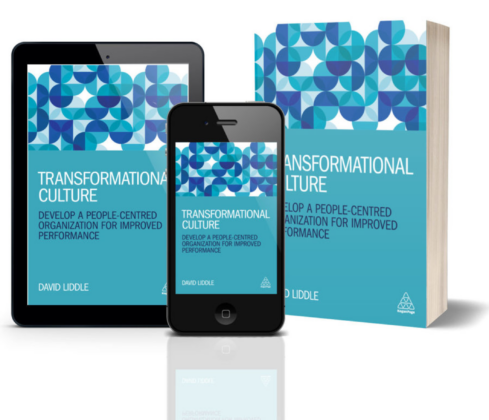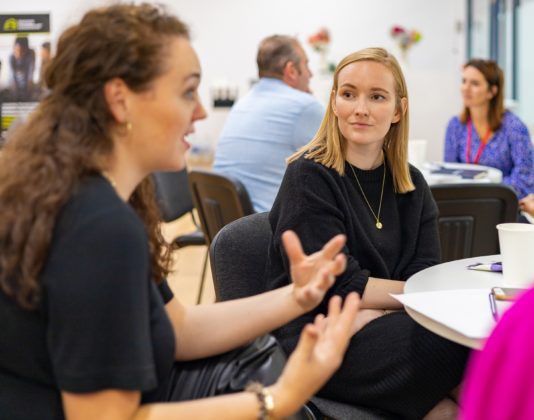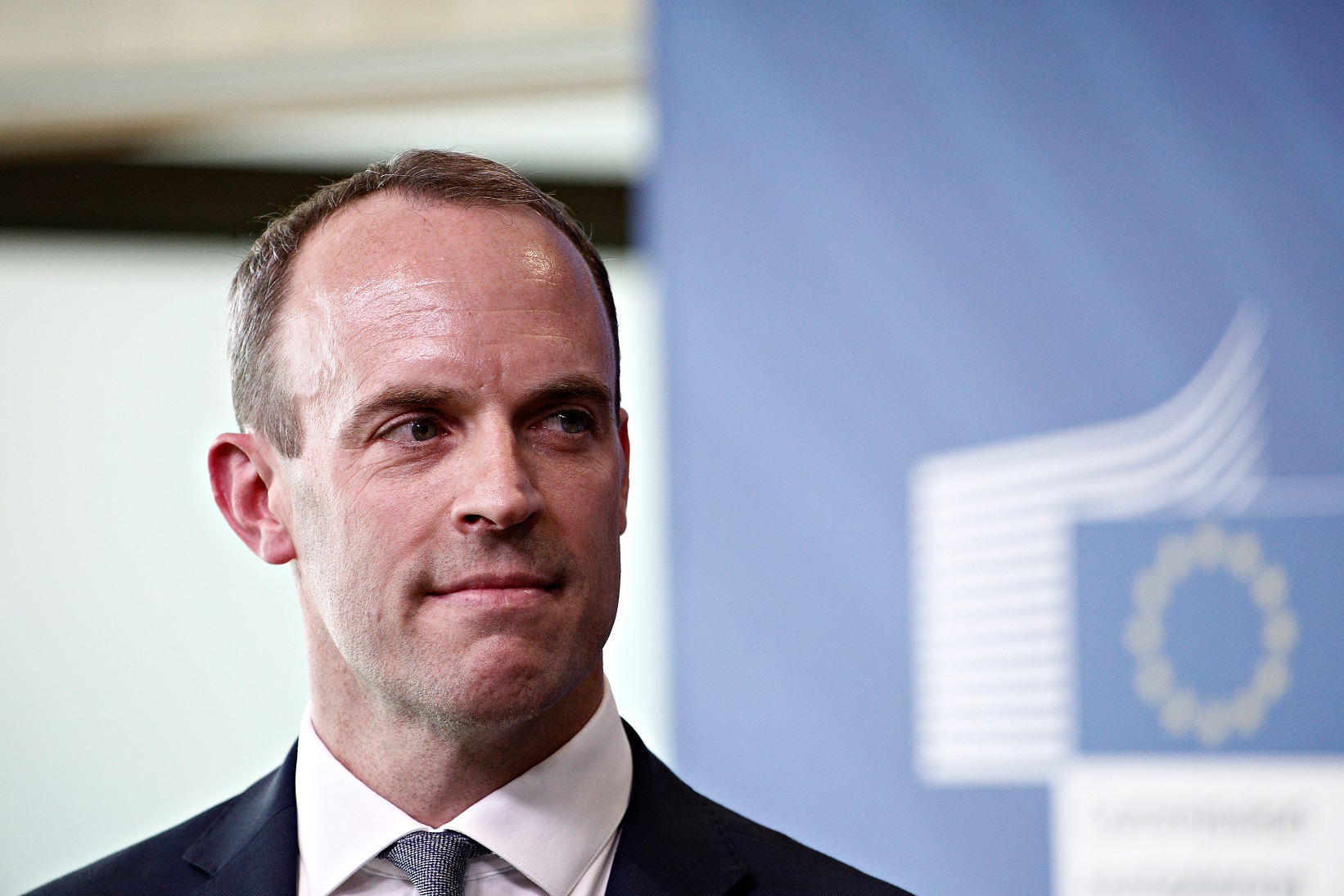
Share article:
Tags:
As we celebrate our 20th anniversary, we look back to see how far leadership development has come over the past 20 years. We also look forward, to share our predictions and the priorities for the next few years.
In 2001, as David Liddle was launching The TCM Group, the UK Labour Party attained a second successive landslide election victory, Sven Goran Eriksson began his job as manager of the England Football team, Gladiator had scooped 5 academy awards, and Coldplay released the album parachutes, winning a Brit in the ‘alternative music’ category. As many of our future customers were coveting the first monochromatic mobile phone (the Nokia 8250) there was very little chance that they could have predicted how world events, and the pace of change were about to affect the way we operate in the workplace today. The year 2001 changed our world in so many ways and in 2021 we are experiencing another dramatic transition where we are envisioning a future, different to what most of us predicted, even just a couple of years ago.
Twenty years ago, autocratic leadership was often the norm. Managers were picked out and recognised as those capable of providing strong and decisive control. The understanding was that achieving this required a clear focus on developing technical, hard skills and expertise, plus a dose of charisma and natural authority.
I should acknowledge, that in 2001 some of the most forward-looking leaders were beginning to nod towards the recently coined ‘transformational leadership’ style, but at the time this was as new as the introduction of access to the internet in the workplace. We all had a long way to go to understand the real potential of both.
Fast forward and we can see that it’s more mainstream now for leaders to recognise the imperative role that they play in managing performance of their teams, through transformational leadership approaches. In doing so, they can provide resilience and vision, and recognise how the culture they create is central to survival and success.
We predict that the ability to lead through conflict will be the core capability now as organisations regroup and recover. There is growing evidence that failure to transform relationships is systemic and unless leading through conflict makes it to the top of the agenda, organisations that have done well to prioritise culture change will lose out through failure to manage fractures at individual and team level, as well as functions and regions. Dysfunction through conflict and relationship breakdown risks the success and competitive advantage which arises from collaboration and knowledge sharing which enable innovation, scaling up and growth.
The quote “culture eats strategy for breakfast” had been attributed to Peter Drucker many years ago, even before 2001 but it has become a major theme taken seriously by organisations only in more recent years. In essence, the most forward-thinking managers now recognise that innovation, inclusion and engagement are the organisational attributes that enable real sustained growth and performance. While strategic goals to define and prioritise these are essential for change, targets to take on new markets, recruit the most inventive and brilliant minds and decentralise power will only go so far if the lived experience of the culture doesn’t live up to the reality.
As we look forward to the next era of leadership development, I wanted to share my top 20 tips for building a transformational approach to leadership within your organisation:
- Prioritise leading through conflict.
Putting conflict management at the top of the leadership agenda at a strategic and individual manager level means developing a culture, processes, skills and mindset to address conflict early on, using inclusive and robust processes. Leaders need to feel empowered and capable to address conflict through confident and well-structured conversations.
- Define and communicate vision.
The vision is the why for every action, decision and behaviour. Vision creates a sense of meaning and purpose and a positive force that connects people to their team and role. It’s a style that can be used day to day, by linking small actions and standards to the vision and purpose of the organisation. This reinforces the value of each individual’s tasks and focus to shared team goals.
- Provide clarity.
Clarity in communication promotes transparency and a sense of inclusion so that everyone can understand the direction and priorities of an organisation. This creates trust and demonstrates authenticity and respect for team members.
- Be resilient.
Leaders should demonstrate awareness of the importance and impact of change on individuals and provide measured and rational responses. They need to maintain selfcare and encourage others to do the same to ensure they can sustain engagement and energy.
- Be compassionate.
Managers should understand the individual impact of change on others and account for this. They can do this by working to their strengths and by being compassionate in responding to their needs and concerns.
- Be agile.
A strong leader will scan and interpret the horizon for change and enlist others to plan to take advantage of new opportunities and mitigate against risks to achieving the vision.
- Lead through the values.
It is a leader’s responsibility to know the values of their organisation, define what behaviours are aligned with those, which are not, and role model the good ones. They should also help people to understand when their behaviour doesn’t align with these. It’s best to avoid terminology such as “calling out” which only seeks to point a finger and blame, rather than create understanding and positive engagement in a values-driven culture.
- Create dialogue for inclusion.
Inclusion and equality of opportunity enables full engagement, fairness and respect. The leader’s role is to develop a climate which doesn’t tolerate discrimination and enables understanding of the roots, approaches and impact of discriminatory/ exclusive practices.
- Focus on standards.
Reinforcing standards can be a helpful reset. This involves checking whether these are relevant and appropriate and responding realistically to change that might diminish the capability to achieve them.
- Role model flexibility.
Leaders should remove unnecessary constraints or unrealistic expectations for their staff. Difficult red tape and any views that the end point won’t be reached, both limit engagement levels.
- Demonstrate trust.
People can only trust others who trust them and are attuned to whether they are seen as trusted and respected. Commitment, transparency and positive interpersonal communication is limited by a lack of trust.
- Be participative.
Excellent leaders involve others in creating new ideas, decision making and planning, to promote collaboration, empowerment and engagement. This means not only inviting but urging others to participate, reinforcing in a genuine way, that their skills and knowledge make it essential for the best solutions to be found.
- Prioritise development.
Organisations should prioritise learning and identify how the team can learn together and individually on a regular basis so that a continual improvement culture is embedded in the language and team style. They should identify opportunities in teamwork and management particularly, and identify specialist skills that they can transfer to colleagues, to raise the overall team competency over time.
- Master communication.
Leaders can develop mastery and efficiency in communicating in an engaging way, not reliant on team meetings and long messages. This enables easy sharing of important news and updates and 2-way communication to ensure that issues can be resolved and nipped in the bud.
- Role model work life balance.
High performance and engagement is not sustainable overtime if people are forced to neglect their own needs for completion of work tasks. Tolerating these leads is a recipe for decline in commitment and performance.
- Avoid always rescuing others.
Rather than leading or directing people if they require help, a coaching approach can be used. Leaders should express commitment and confidence and use good coaching questions to avoid rescuing or directly advising their staff members. This will require problem solving capability and confidence.
- Account for personality type.
How people are energised, the way they interact, perceive situations and make decisions varies and is dependent on personality type. This can be at the root of the best and most difficult team scenarios. Understanding and using this information can be transformational in a leader’s capability to create a positive team climate.
- Challenge is overused – try encouragement.
Challenging your team to come up with new ideas, resolve problems, work together etc. can create an overwhelming sense of well, challenge. Encouragement and support can achieve commitment to step up and achieve extraordinary results with a sense of support rather than coercion.
- Avoid providing all the energy.
Leaders sometimes need to dial their energy down to enable others to turn theirs up. If leaders are always on, others switch off, become overwhelmed by the leaders’ ideas and feel there is no practical scope or time for anyone else’s.
- Use good questions grounded in curiosity.
Questions that are designed as a test, and particularly when they are intended to expose only what a person doesn’t know, are “Gotcha” questions. People see these quickly for what they are and might not even offer an honest response as they seek to provide only the one you are looking for. Ask genuine questions or not at all. If you need to assess someone, be respectful and tell them honestly what you are doing.
A practical toolkit for any leader to use…
Here at Engage Leadership, we’ve been developing leaders at all levels, across a variety of organisations and sectors for 20 years. To support those looking to embed a more transformational approach to leadership within their organisation, we have developed a free leadership toolkit that any manager can use. You can download a copy here.
To discuss any element of our leadership and management development offering, or for guidance and support, please feel free to contact us. Our leadership reviews are often an excellent place to begin.













